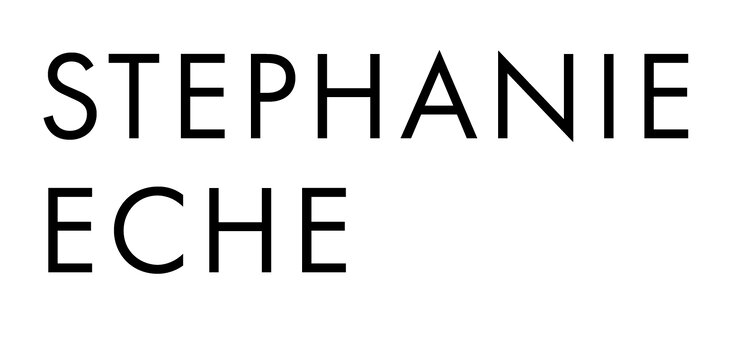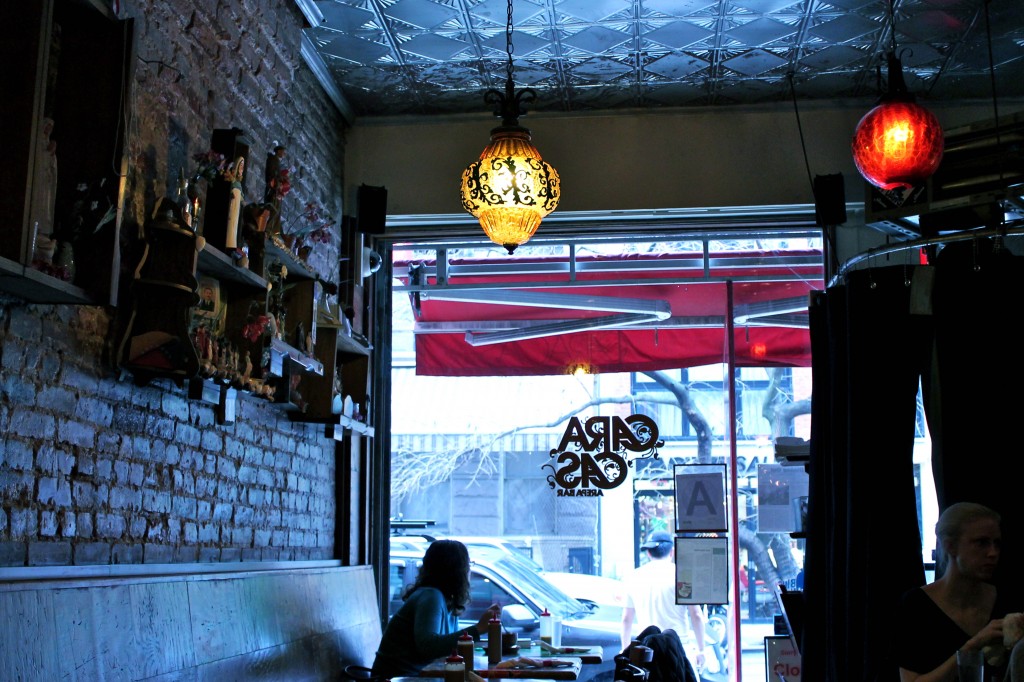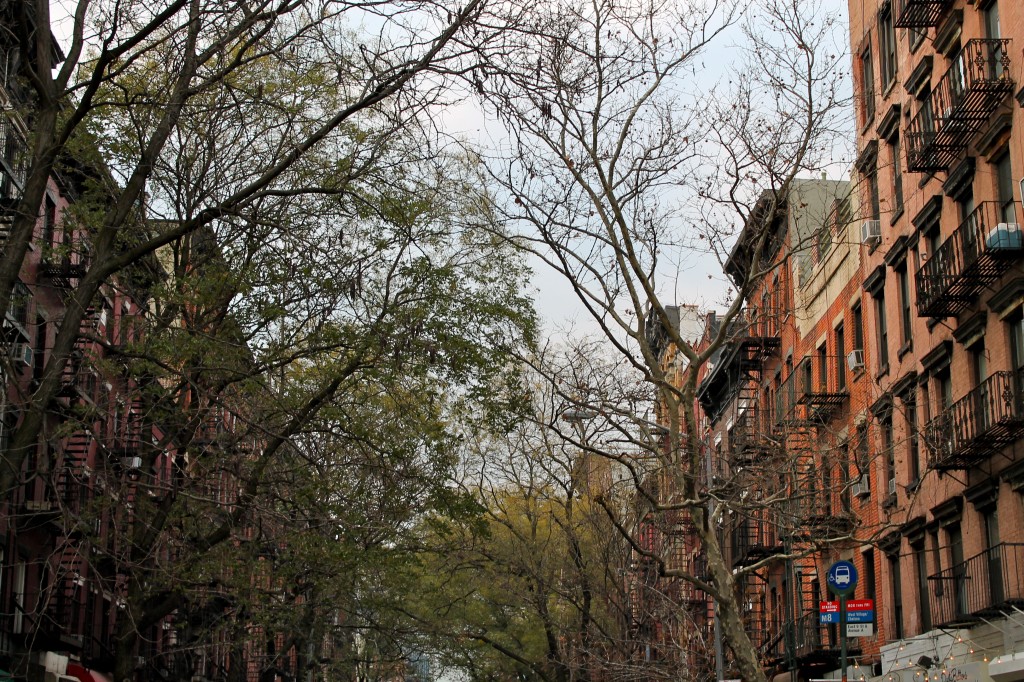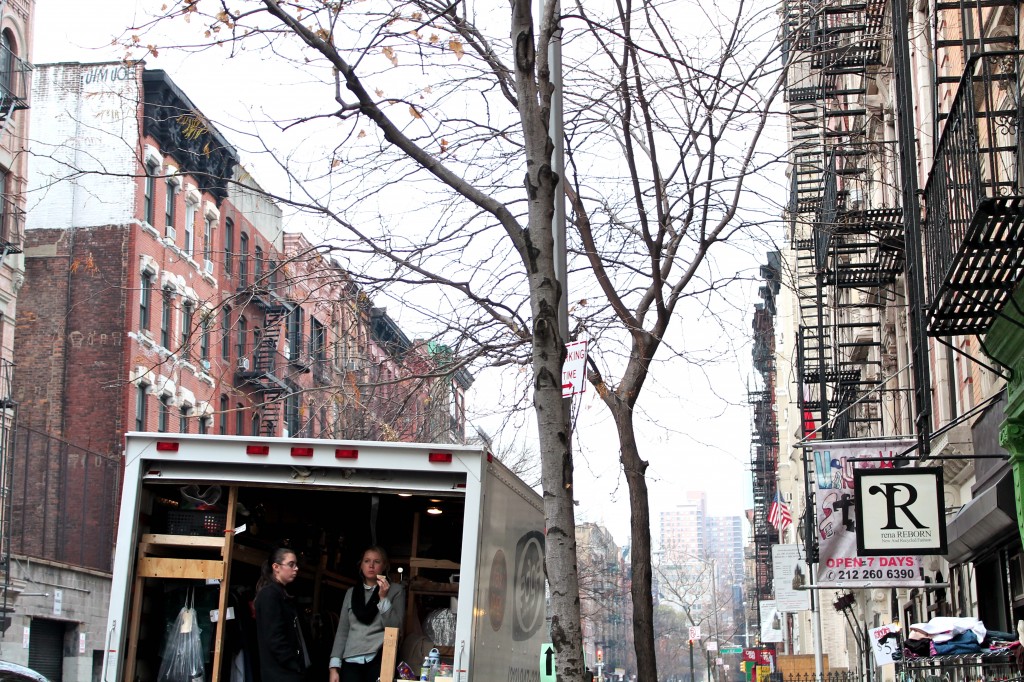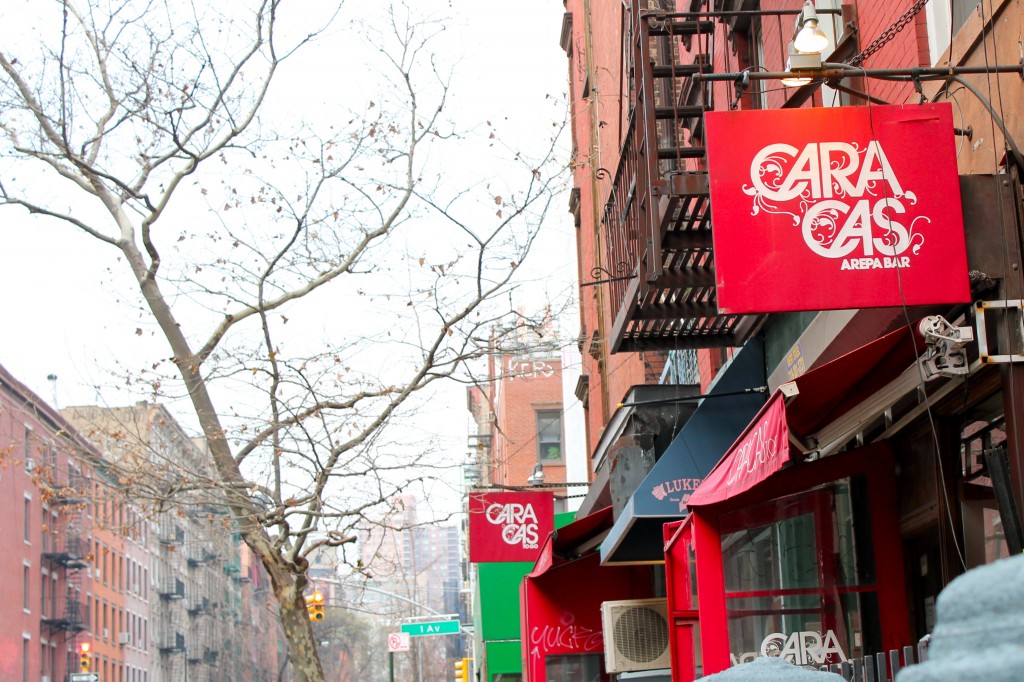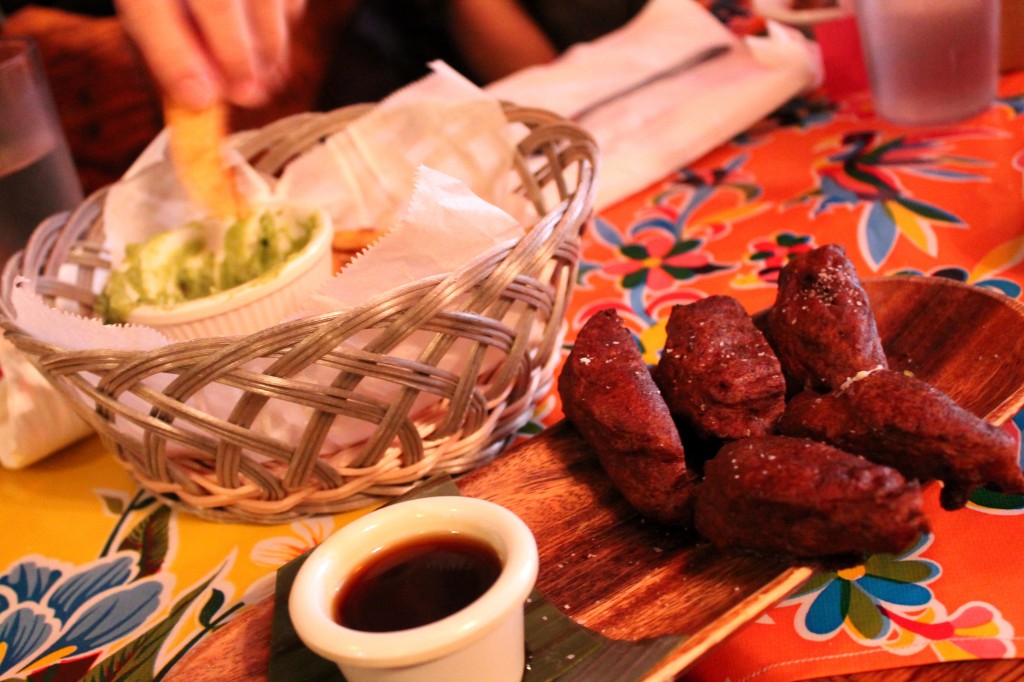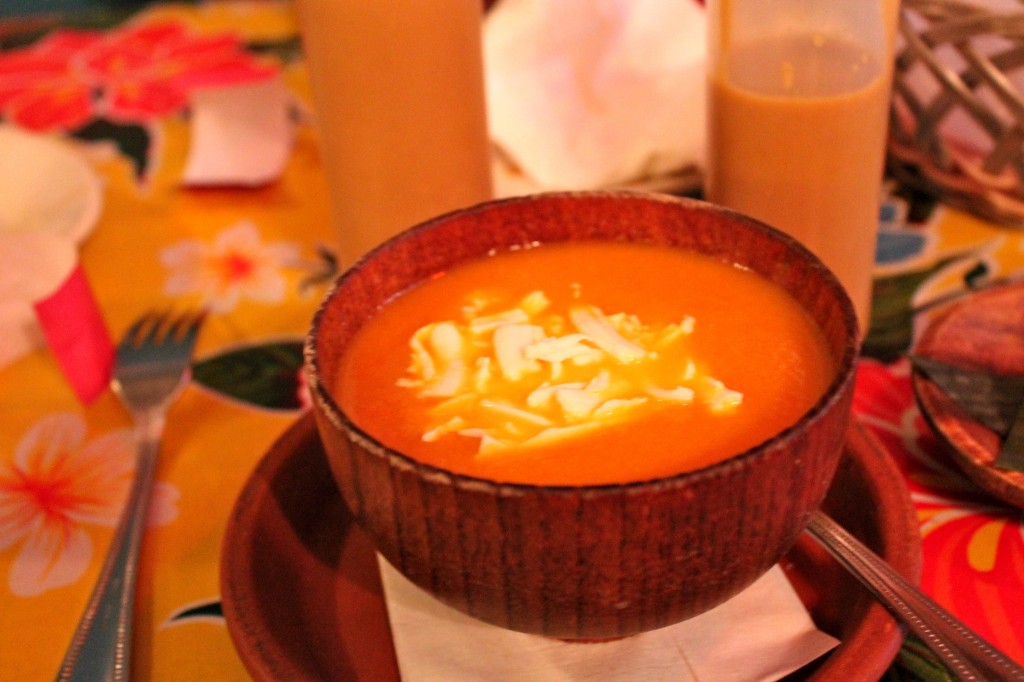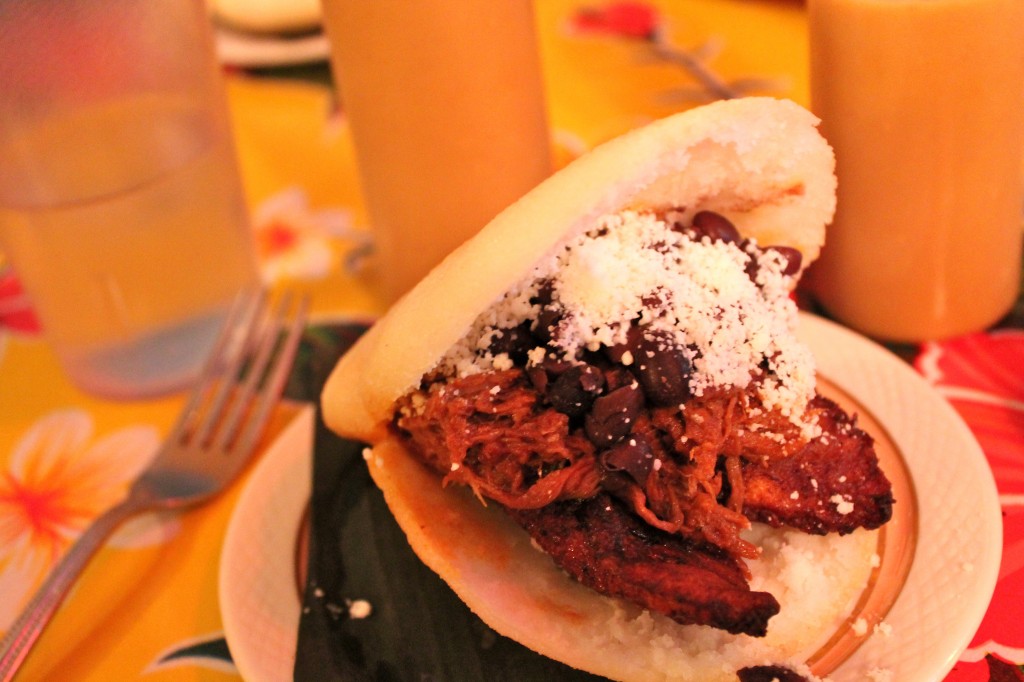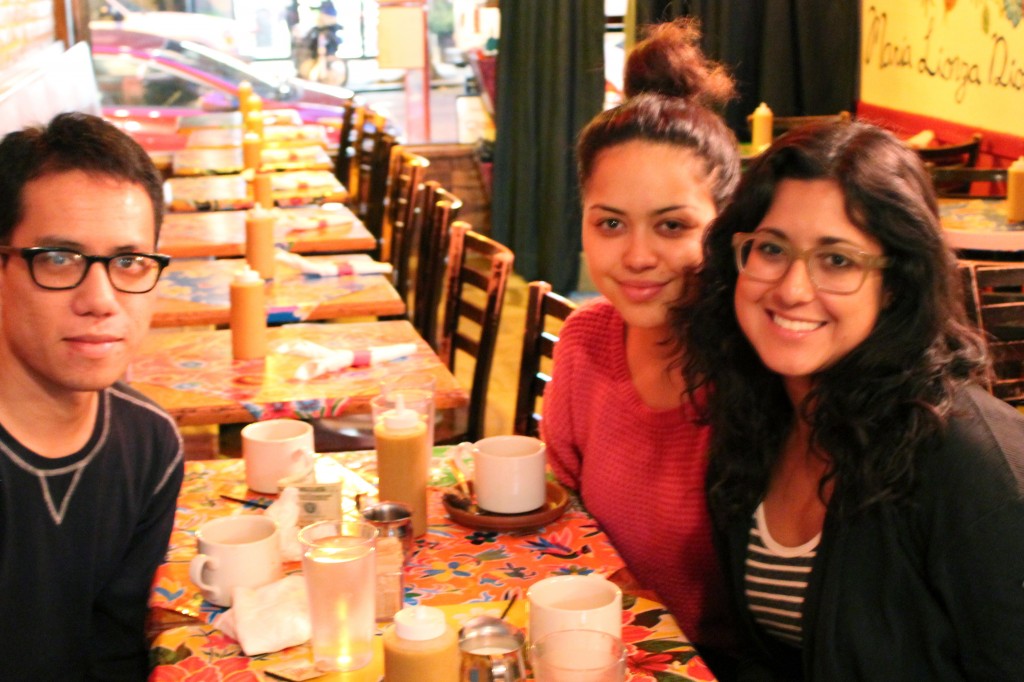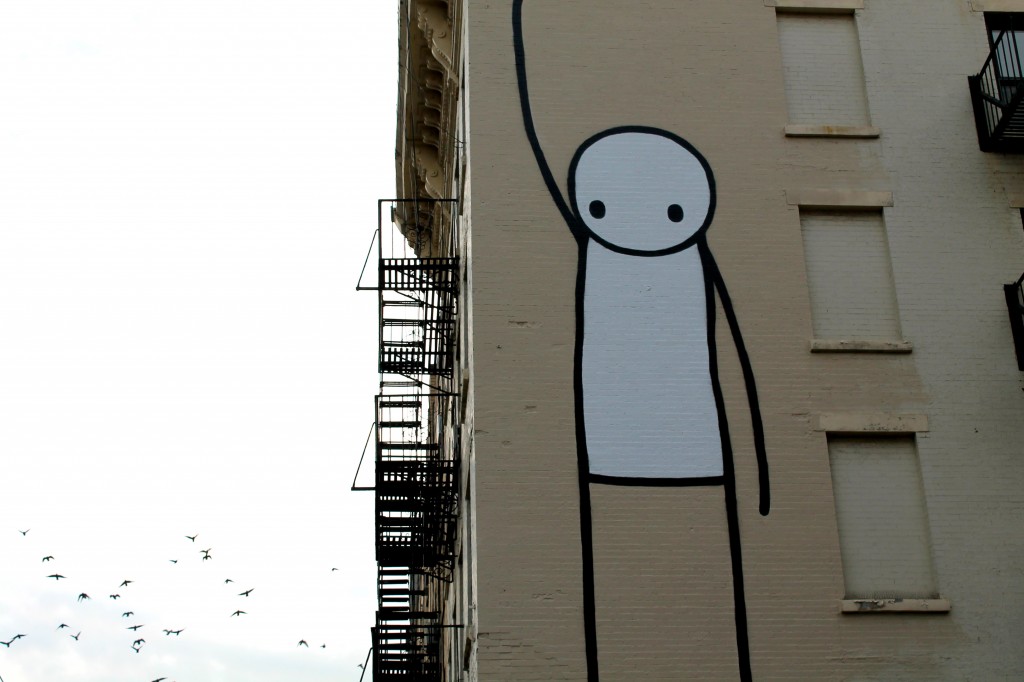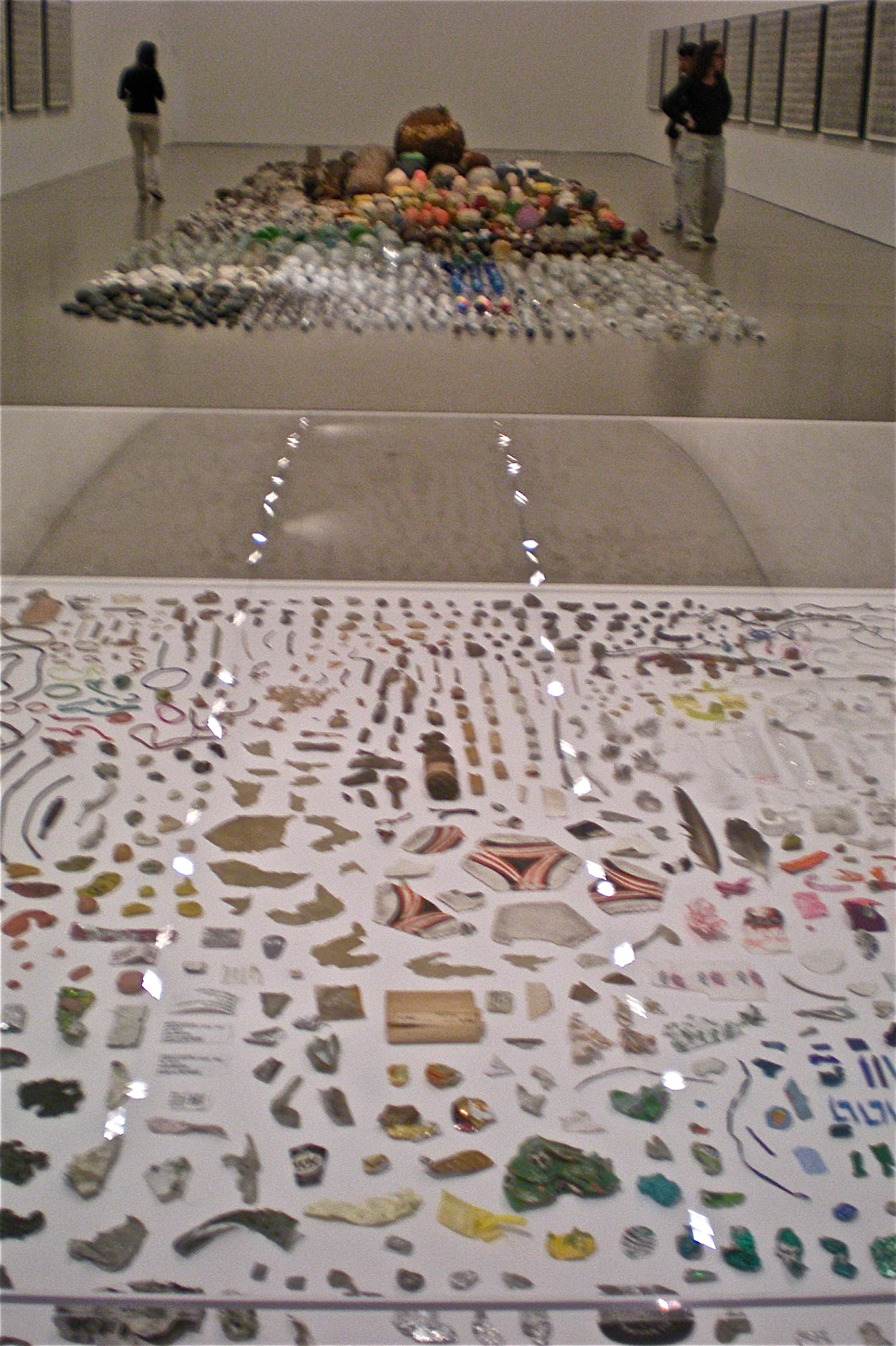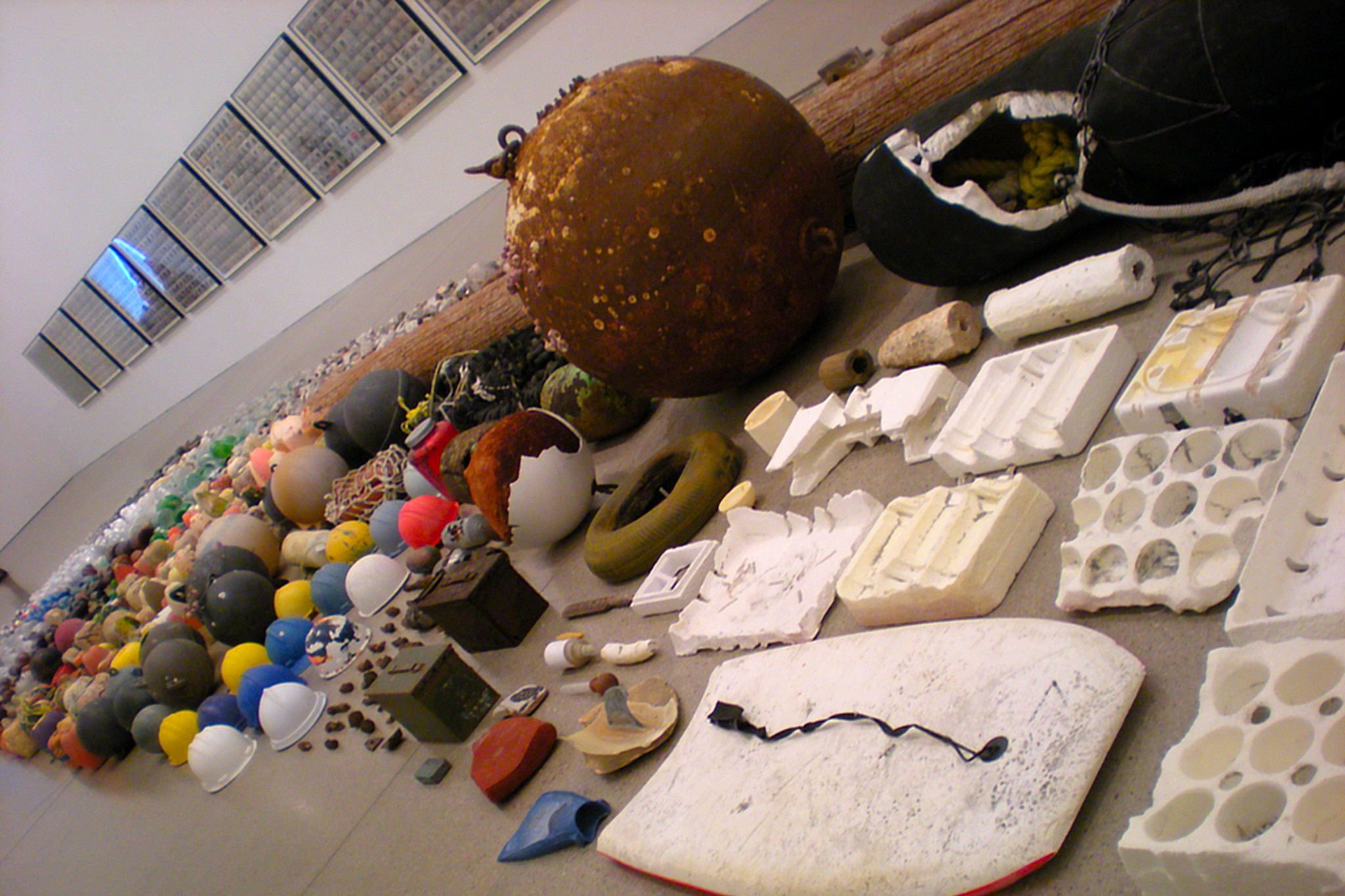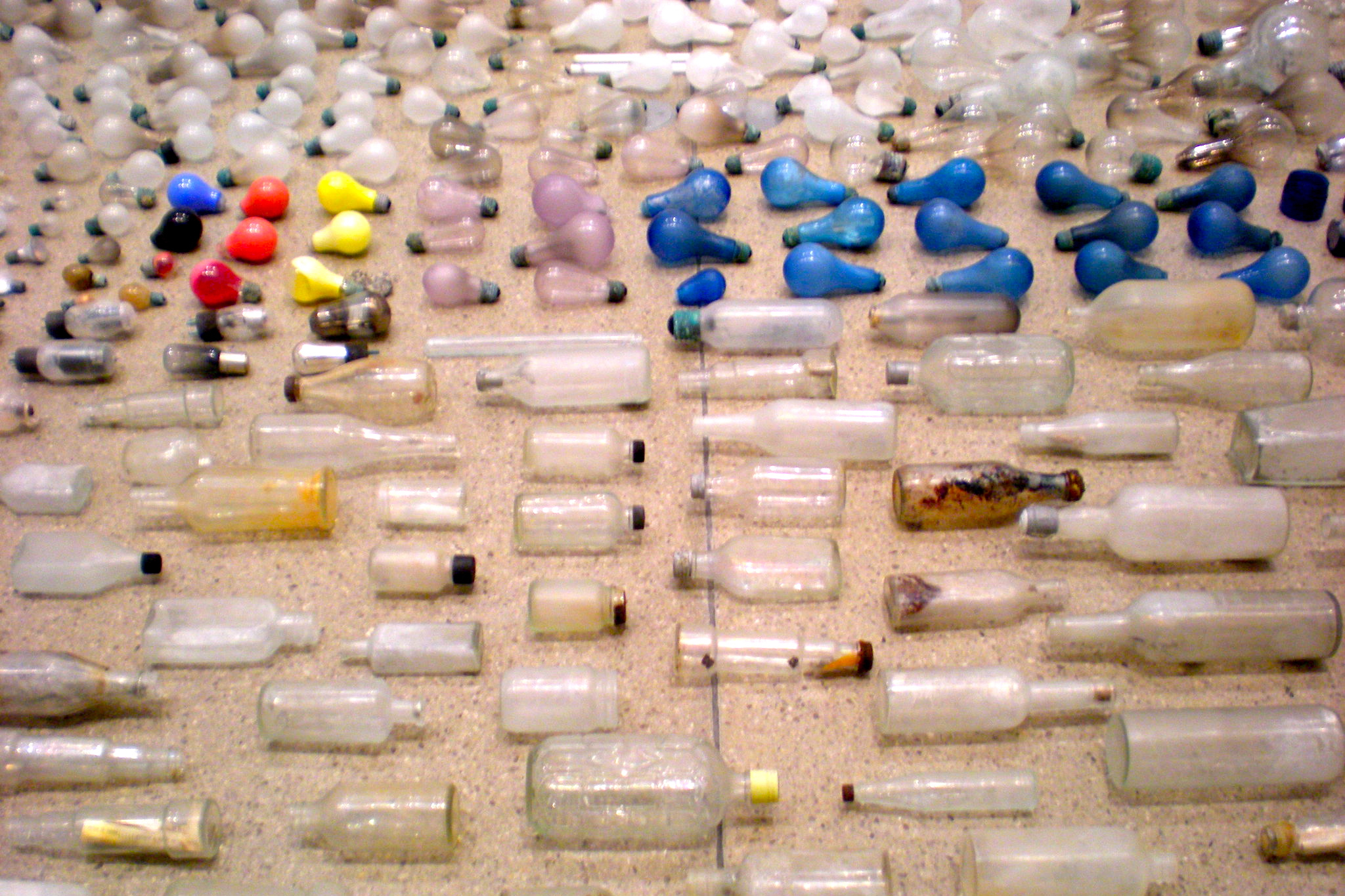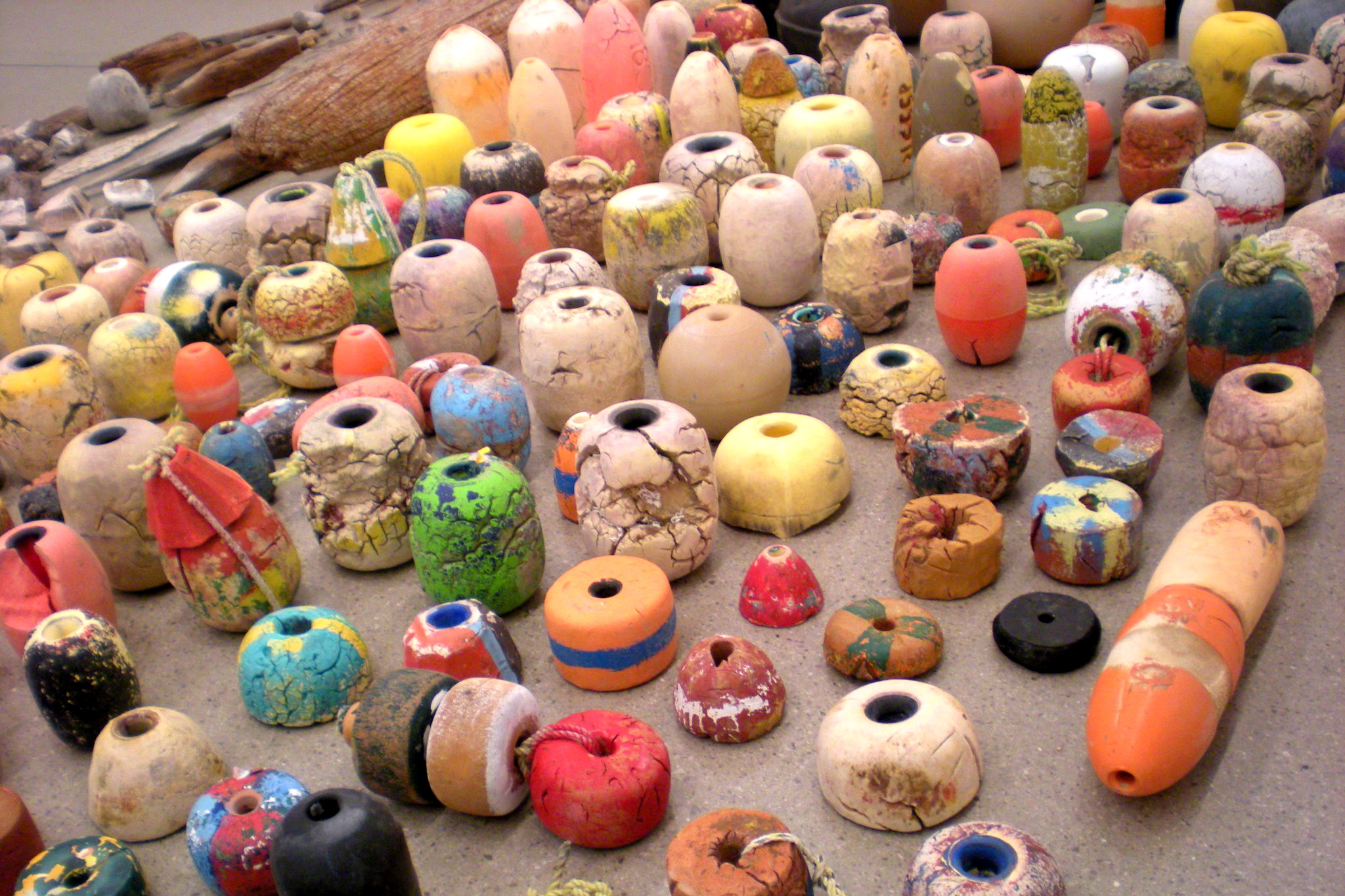I recently moved to New York City. I moved in with my boyfriend and we are both still unpacking and getting settled. I've gone through a lot of changes in the last few months and it is really great to get started in a new city, even if things have been a little bit stressful.
It was hard to find an apartment that we both loved, was a good size, was within our budget, and was in Manhattan, but not impossible! We came out from DC for a long weekend, a Thursday through Sunday, in the middle of January and had our own little House Hunters. Jeremy, my boyfriend, was a little reluctant to go to Upper-anywhere and was more insistent on laundry in building than I was, but other than that we agreed on most things. So instead of passive-aggressive arguments we just had a lot of coffee and overpriced snacks between tours. We had a really tense week after we found our dream apartment -- a 1-bedroom at the foot of the Williamsburg Bridge in the Lower East Side -- but once we got past the pay stub hump, the rental history explanations, and the co-op application, we were able to celebrate with some champagne and start packing.
Tips for finding an apartment in Manhattan:
- Ask friends for a broker recommendation. We saw some really crappy apartments with some shady brokers, or rather people who may or may not be brokers that we found on Craigslist. It's not that Craigslist isn't helpful, it is, but going with a reputable broker will make the process a lot easier. You can find an ok apartment without a broker, but we did not and we didn't have time to wait it out. If you are looking for a room in a house/apartment, try something like this Facebook group.
- Have all your paperwork ready to go before you start tours. This includes:
- Letters of Reference from past landlords. I suggest getting these before you leave your prior apartment, because it will be annoying to track down your landlord later and these may become time sensitive. We were asked for a letter of reference after we already started the application process and thankfully my last landlord pulled through for us quickly.
- A lot of cash -- there's the broker's fee, which is usually about 15% of one year's rent, the security deposit, including first and last month's rent, and anything else that might come up, like an application fee. You often will need it in the form of a certified check, which means you should be conscious of where your bank is and when it is open to make sure getting your money doesn't prevent you from getting your dream apartment. You may also have the option of taking the apartment off the market if you pay a deposit, which we did, so you'll want to factor that cost into the cash you will need ready.
- Pay stubs. If you are like us and are self-employed, you should have a contract ready that shows ongoing work, or your business's books in order to share. If you have a willing client, have them write you a letter saying the kind of work you can expect as some proof that you get paid regularly. If you don't have any of those things, you might want to have a guarantor ready just in case, with all of their paperwork. Fortunately, we ended up not needing one.
- Last two years of tax returns.
- Be patient, but don't hesitate when you find the right place. If it checks all your boxes and you have a really good feeling about a place, you should apply immediately, as apartments go very fast.
- Be realistic. If you have a budget, stick to it. Brokers are likely going to push it anyway.
- View as many as you can. We viewed almost 20 apartments, some that were a little out of our price range or outside of the bounds of our ideal location, but this made us even more confident about our final choice.
Good luck finding an apartment!
Here are photos from our place -- I'll update on our decor progress soon, but right now it's time to bust more boxes open and get organized.
When you first walk in there is a mini-kitchen area, with a washer and dryer, stove and oven, dishwasher, and microwave. Down the hall is the bathroom and some closet space.
Our living room has exposed brick and while it doesn't get a ton of natural light, it is a really cozy space.
The bedroom is the highlight of our apartment. You have an amazing view of the bridge, sky, high rises, and even the Chrysler Building. The double-pane windows keep it pretty quiet for being right next to the bridge. And there is also exposed brick!
